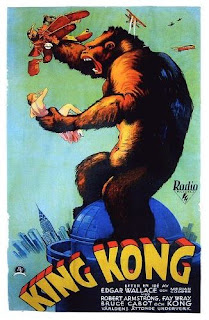Invisible Cities Reflective Statement
This project allowed me to look into concept art and how it is beneficial to the pre-production stage of any project. By reading a selection of passages from Italo Calvino's 'Invisible Cities' it allowed be to focus more on the art side, than having to create a whole idea of an environment from scratch. Once we read the passages we had to create a minimum of 100 thumbnails, presenting the ideas of what we could create. This helped in the amount of time I spend drawing and I feel that I have improved within some aspects of my work. Alongside this, the influence maps helped in showing more in-depth ideas and where I could expand on my work for example, the colour pallets and structure ideas. I chose Isaura, a city that centres around water and the growth of plants. I decided on this city as there were multiple ideas I could use to create the digital paintings.
Alongside this, I looked into perspective exercises. This helped in not only getting perspectives correct but also helped in thinking of what angles I could use when creating the paintings. The master studies focused on the colour theory, which helped in giving an understanding on how multiple colours are used within one thing. For example, grass is not just pure green, it also has yellow, brown and grey within it as well. In addition to this, things being lighter in the background and darker in the foreground.
The things that went well throughout this assignment was the improvement of my digital paintings, as I have been able to experiment with different brushes to create the textures. The thumbnails allowed me to work on various ideas that came across in the texts, which included things I have never created before. The thing I would need to improve on is my time management, as I did feel rushed to create the 3 main digital paintings. Therefore, I was not able to spend time working more on the smaller details that could of made the overall outcome more of a better quality.

Comments
Post a Comment